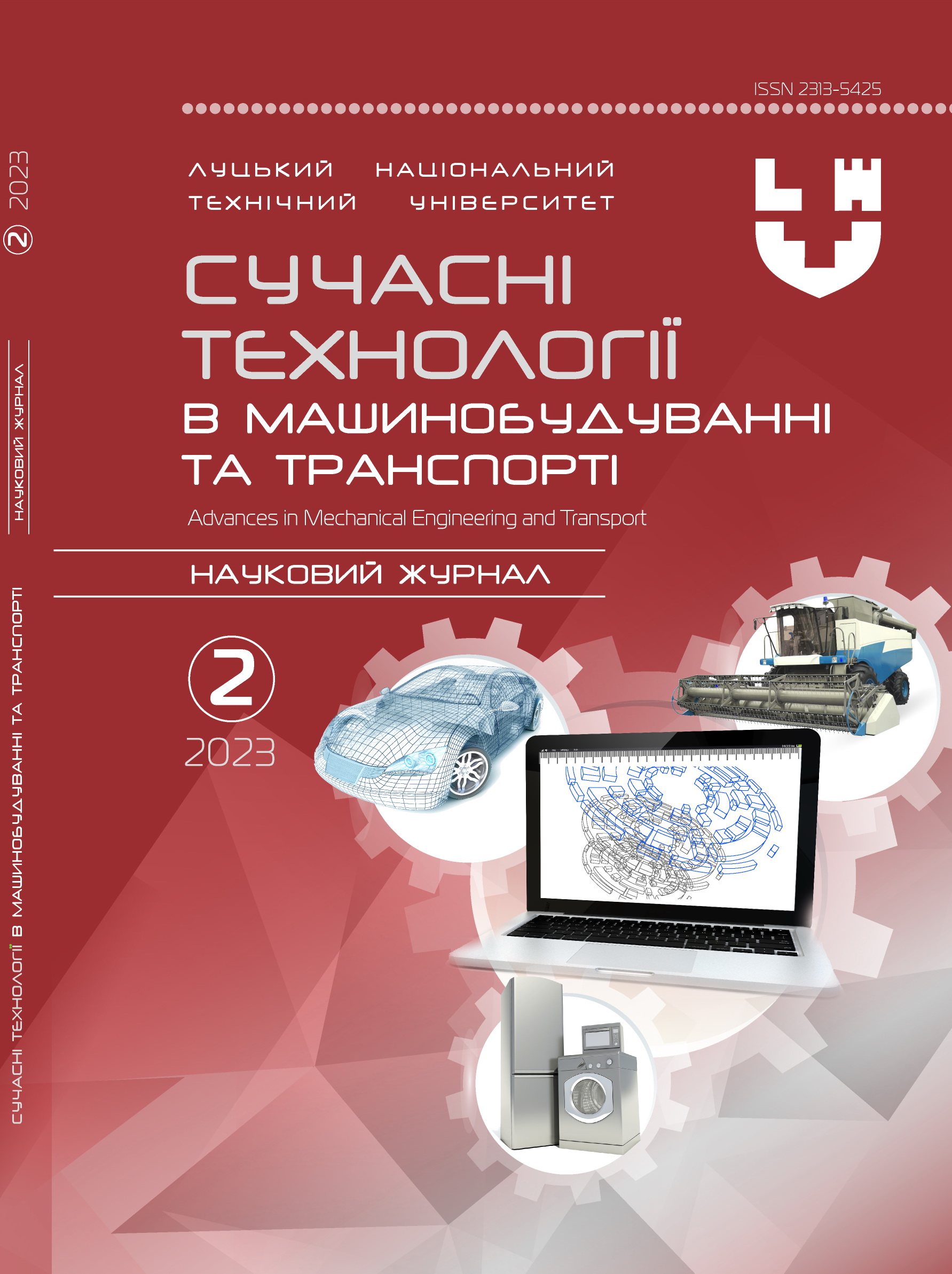The new is the well-forgotten old: a 137-year-ancient technology could change the battery market
Abstract
The paper examines ancient battery technology, which may become the future of energy storage. The article notes the relevance of using this technology due to the simplicity, quality and attractive cheapness of battery components.
Attention is drawn to the fact that lithium-ion batteries have been leading in almost all industries for many years.
The article raises the issue that the lithium mining process is extremely destructive to the environment. It is noted that the price of lithium is constantly increasing. It is proposed to consider an old forgotten technology that can replace lithium-ion batteries.
The purpose of the study is to determine the characteristics of different types of batteries that can be used to power electric traction units of wheeled vehicles.
Based on the analysis, the article proposes the choice of a traction battery for use in electric transport.
It is important that the article discusses the advantages and disadvantages of the applicability of lithium-ion and zinc-bromine batteries.
The results of research on the influence of various factors on the use of lithium-ion and zinc-bromine batteries are also considered. It has been found that zinc-bromine batteries can be more energy-intensive than lead-acid batteries, but much less energy-intensive than lithium batteries. Attention is focused on the potential competition of zinc-bromine batteries with lithium-ion batteries in terms of their efficiency at both ends.
So zinc bromine batteries do have some advantages, but lithium-ion traction batteries will remain the main power source for wheeled vehicles for the foreseeable future. It is clear that further studies are needed to investigate the cost-effectiveness and performance of energy storage technology for vehicles with electric traction.
The article is recommended for specialists in electric transport and specialized mechanical engineering who deal with problems of environmental safety of transport, in particular electric vehicles.
Key words: vehicle, lithium-ion batteries, energy storage, battery modules, zinc-bromine batteries.




